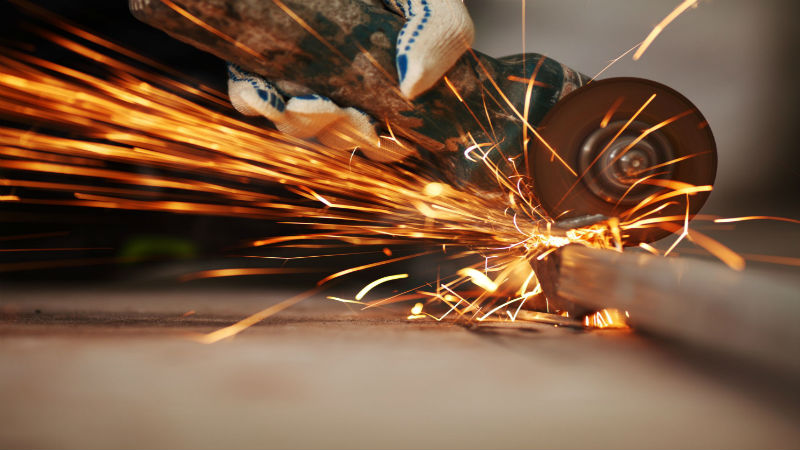Tungsten Inert Gas Welding, a standard process in the fabrication and metalworking industries, is notable for its precision, adaptability, and high-quality outcomes. TIG welding, unlike other welding procedures, uses a tungsten electrode to create the weld, with an inert gas—typically argon or helium—serving as a shield to protect the weld area from ambient pollution. This technology enables the clean and exact joining of a broad variety of metals, from aluminum and stainless steel to more exotic materials such as magnesium and copper alloys.
Precision and versatility
TIG welding is well-known for producing incredibly clean and exact welds, making it the preferred approach for projects with high specifications, such as aerospace, automotive, and artistic applications. It provides the welder with unparalleled control over the welding process, allowing for heat and penetration adjustments to meet the exact needs of the project at hand. This level of control, along using inert gas to avoid oxidation and contamination, produces strong, high-quality welds with few faults.
The Growth of TIG Welding
Statistics and trends in the welding industry show that Tungsten Inert Gas Welding is becoming increasingly popular, thanks to its superior finish and the increased demand for high-quality welding in precision applications. According to industry analysts, the worldwide welding market, with TIG welding as a key component, is likely to expand significantly in the future years. The demand for long-lasting, dependable welds in critical applications and the increasing complexity of manufacturing processes are what are driving this expansion.
Challenges and Considerations
Despite its benefits, TIG welding is not without its obstacles. It demands a great level of skill and experience to perfect, especially when it comes to managing the heat and keeping the weld pool stable. Furthermore, due to the precision required, TIG welding can be slower than other processes, which may have an influence on productivity on larger projects.
Safety and environmental impact.
TIG welding requires sufficient ventilation and the use of protective equipment to protect welders from toxic fumes and ultraviolet radiation. TIG welding is a more environmentally friendly alternative because it uses inert gasses that do not interact with the environment or contribute to pollution.
Micro Weld is a leader in precision welding solutions.
Micro Weld is a welding industry leader known for its competence in Tungsten Inert Gas Welding With a dedication to quality, precision, and innovation, they have established itself as a reliable partner for industries that require the highest welding standards. From aerospace to fine art, their expert professionals use cutting-edge technology and techniques to provide customized welding solutions that meet and surpass expectations. Their commitment to perfection and thorough understanding of the complexities of TIG welding have propelled it to the forefront of the industry, offering dependable, high-quality welds for projects that need nothing less.

